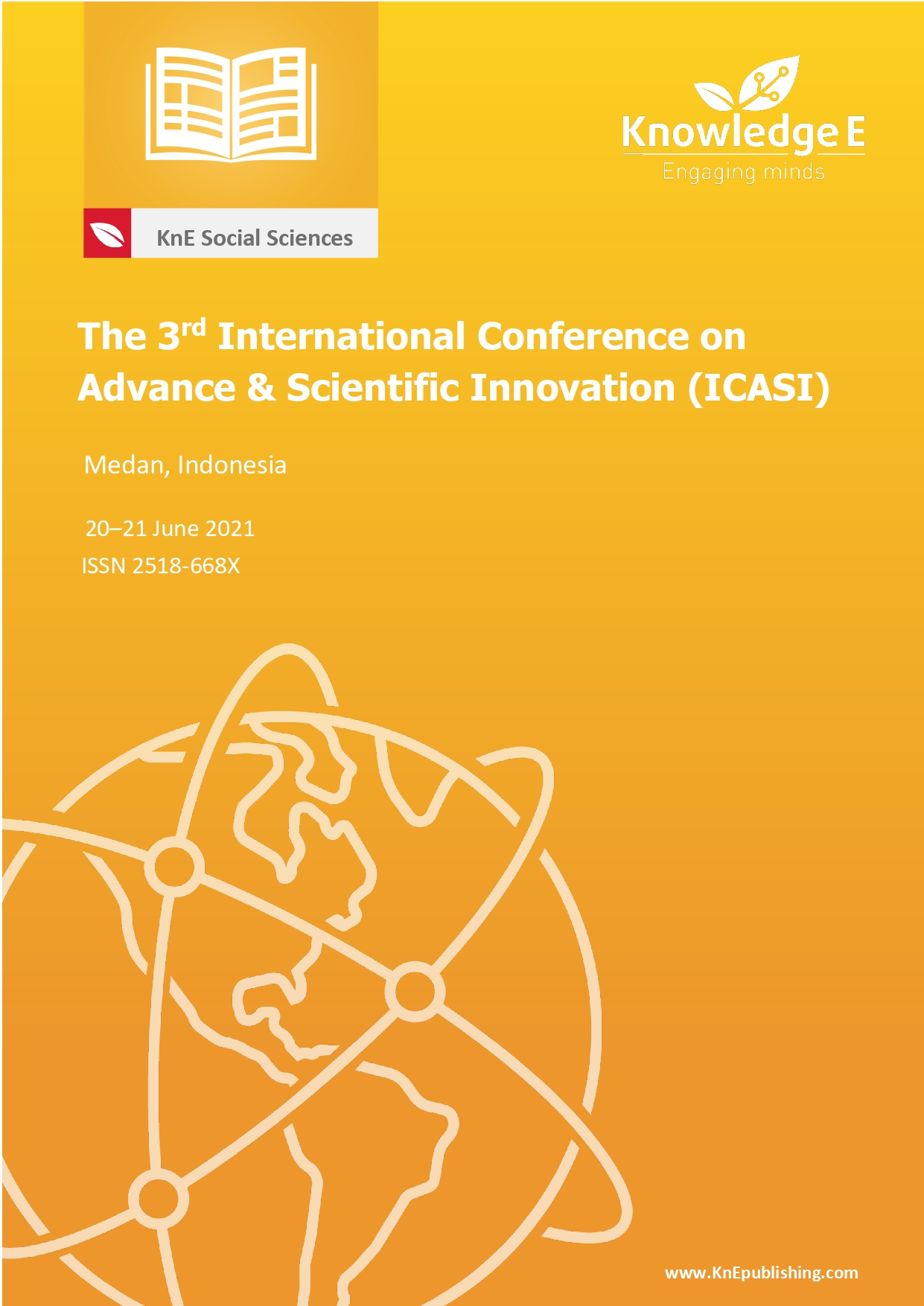Learning Method of Ibnu Khaldun
DOI:
https://doi.org/10.18502/kss.v7i10.11346Abstract
Ibn Khaldun is a Muslim scientist who has great attention to learning. Learning is an activity of teachers or educators programmed in instructional design, in order to make students learn active, which emphasizes the provision of learning resources. Ibn Khaldun’s thoughts were revealed through his reactive attitude towards the style of the educators of his time who used learning methods as the basis for educational problems, educational habits that received sharp criticism from Ibn Khaldun, namely, the indoctrination method, the dichotomy of science, the forced memorization method, and the militaristic method. Educational methods are all aspects of activities that are directed at guiding students to achieve the desired learning process and the desired changes in their behavior. The learning methods according to Ibn Khaldun include; the phasing method (tadarruj), the repetition method (tikrari), the affection method (Al-Qurb Wa Al-Muyanah), the method of reviewing age maturity in teaching the Koran, the method of adjustment to the physical and psychic of students, the method of conformity to the development of potential students, the method of mastering one field, the widya-wisata method (rihlah), practice/practice (tadrib) and the method of avoiding book summarization (at-Turuk overview).
Keywords: Ibn Khaldun; Learning Methods; Learning
References
A. M. Iqbal, Pemikiran Pendidikan Islam Gagasan-Gagasan Besar Para Ilmuwan Muslim, Cet. II. Yogyakarta: Pustaka Pelajar, 2020.
J. Saepudin, Model Pembelajaran dalam Perspektif Ibnu Khaldun: Resepsi Terhadap Kitab Muqaddimah, vol. 13, no. 2. Badan Litbang dan Diklat Kementerian Agama RI, 2015.
M. J. Rida, Three Main Streams of Islamic Education Theory (Sociological-Philosophical Perspective). Yogyakarta: Tiara Wacana Yogya, 2002.
I. Khaldun, Muqaddimah Ibn Khaldun, trans. Ahmadi Thoha. Jakarta: The Firdaus Library. cet. 6th., 2001.
M. Nahrowi, “Konsep Pendidikan Islam dalam Perspektif Ibnu Khaldun,” FALASIFA J. Stud. Keislam., vol. 9, no. 2, 2018, doi: https://doi.org/10.36835/falasifa.v9i2.123.
Z. Asril, Micro Teaching is accompanied by Field Experience Guidelines. 2nd Edition . Jakarta: Rajagrafindo Persada , 2017.
W. Sanjaya, Strategi Pembelajaran Berorientasi Standar Proses Pendidikan. Jakarta: Kencana Prenada Meda Group, 2008.
A. Ginting, Practical Essence of Learning and Learning. Bandung: Humanities, 2008.
H. Uno and M. Nurdin, Learning with Paikem Approach: Active, Innovative, Environmental, Creative, Effective, Interesting Learning. Jakarta: Bumi Aksara, 2012.
et al. Parwati, Ni Nyoman, Learning and Learning. Depok: Rajawali Press , 2018.
P. Fathurrohman and M. S. Sutikno, Teaching and Learning Strategies Through Instilling General and Islamic Concepts. Bandung: Refika Aditama , 2007.
A. Ahmadi and J. T. Prastya, Teaching and Learning Strategy. Bandung: CV Pustaka Setia, 2005.
F. H. Sulaiman, Ibn Khaldun on Education. Jakarta: Minaret , 1991.
T. Suharto, Historiografi Ibnu Khaldun: Analisis Atas Tiga Karya Sejarah Pendidikan Islam. Jakarta: Prenada Media, 2020.
A. Al-Jumbulati and A. F. At-Tuwaanisi, Comparative Islamic Education, trans. H. M. Arifin. Jakarta: Rineka Cipta, 1994.
et al. Zuharini, Abdul Ghafir, Islamic Religious Education Netodology. Surabaya: Ramadhani, 1993.
M. Shah, Educational Psychology with a New Approach. Bandung: Remaja Rosdakarya, 2004.
M. Syah, Psikologi Belajar, Cet. 15. Depok: Rajawali Press, 2017.
S. Nizar, Philosophy of Islamic Education Historical, Theoretical and Practical Approach. Jakarta: Ciputat Press, 2002.

